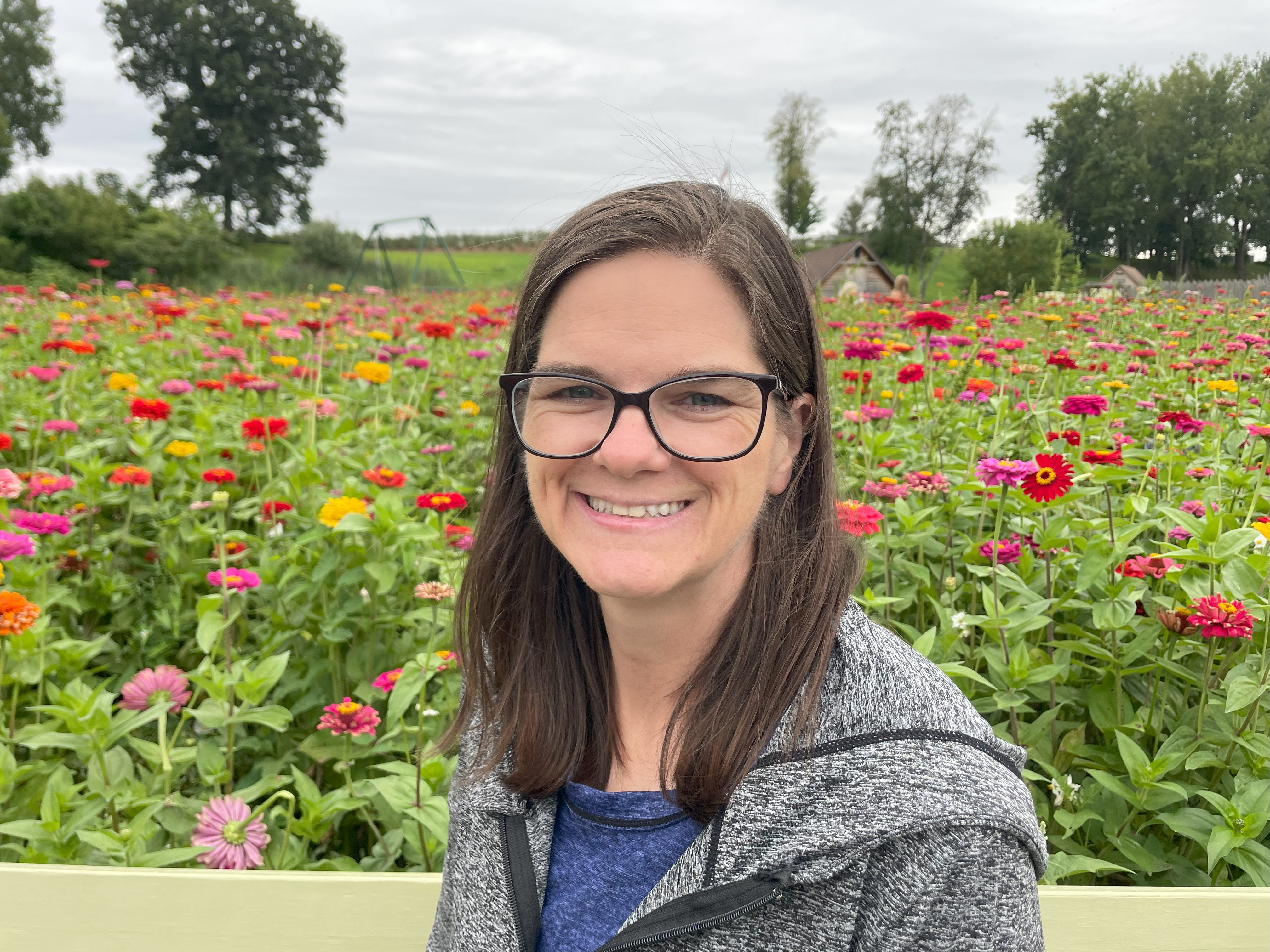GREEN CHEMISTRY AND SUSTAINABLE SCIENCE: A Green Approach to Sustainable STEM in K-12 - Chapter 2: Human and Environmental Impacts

Summary
The impacts of chemicals on humans and the environment are a critical consideration for green chemistry practices. The three lessons in this chapter provide opportunities for students to consider the potential impacts of chemicals in the products they use and are exposed to in their lives. The objective of the lessons in this chapter is to make these considerations explicit for students. In doing so, we aim to:
Raise students’ awareness of personal safety, empower them to take action, and develop their ability to exercise personal choice. Emphasizing a personal focus also increases relevance and engagement for our students.
Extend from personal empowerment to considering implications of chemical use for communities, society, and systems.
Chapter 2 Contains:
1. Introduction
2. Animal Adaptations and Engineering Design: Lesson 2: ABC’s of Biomimicry (Elementary School; Veronica)
3. Toxicology: How Do We Decide What is Safe? (Middle School; Erin)
4. How to Use Chemical Safety Data Sheets (High School; Stefanie)
Raise students’ awareness of personal safety, empower them to take action, and develop their ability to exercise personal choice. Emphasizing a personal focus also increases relevance and engagement for our students.
Extend from personal empowerment to considering implications of chemical use for communities, society, and systems.
Chapter 2 Contains:
1. Introduction
2. Animal Adaptations and Engineering Design: Lesson 2: ABC’s of Biomimicry (Elementary School; Veronica)
3. Toxicology: How Do We Decide What is Safe? (Middle School; Erin)
4. How to Use Chemical Safety Data Sheets (High School; Stefanie)
Safety Precautions, Hazards, and Risk Assessment
See individual activities
Digital Object Identifier (DOI)
https://doi.org/10.59877/UPCW9599
Related Learning Objects
File (PDF, PPT, image, etc)
File (PDF, PPT, image, etc)
Creative Commons License

This work is licensed under a Creative Commons Attribution-NonCommercial-ShareAlike 4.0 International License.







